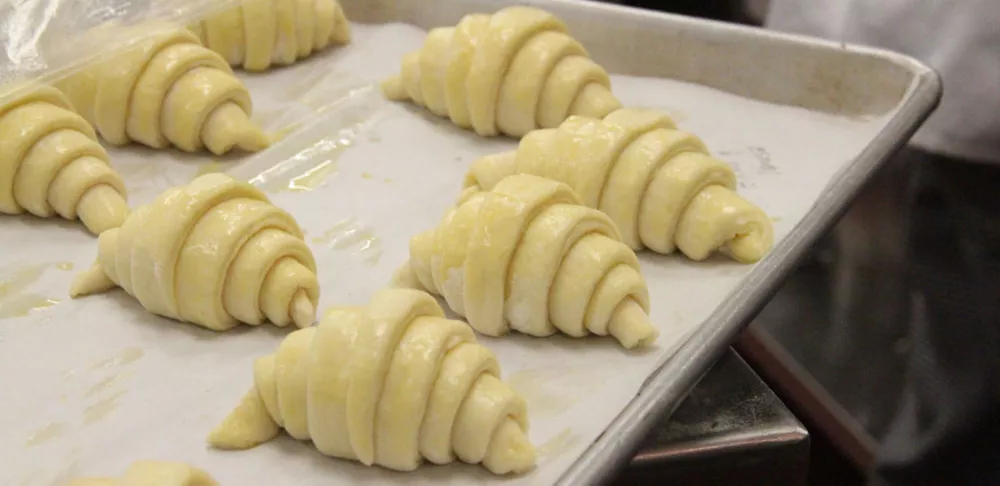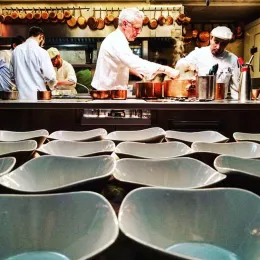When you go to pastry school, there are certain things you know you’re going to make. Cake, right? Chocolate, of course. Plus pies, tarts, and maybe some fancy pastries you’ve never heard of. But there are certain items that, if you’re like me, you don’t even think about...like croissants.
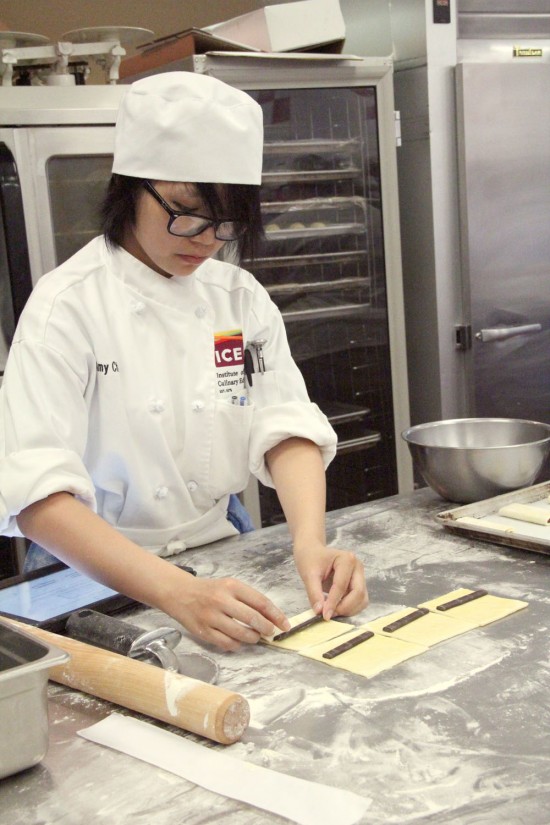
I've always loved croissants, but never imagined that I could make them. I don’t know if I ever pictured anyone baking them, except maybe some mystical French elves. It just never occurred to me that I could craft something that amazing—mainly because I didn't have any understanding of how a croissant is composed, shaped, and becomes so miraculously flaky.
That all changed at ICE, the week we learned about laminated dough. It's a silly name for a very serious thing. When an office worker or an elementary school teacher says they need something laminated, they mean they want their paper encased in a coating of plastic for protection. When a chef says laminated, they mean a dough with layers and layers of butter folded into it. Croissant and danish doughs are laminated, but the most incredible, well-known laminated dough is the one and only puff pastry. This is a big deal in dessert, so naturally, each aspect of the puff pastry process has a French name.
First, you have to prepare the détrempe (pronounced “day-tromp”), which is a dough containing some butter, but not a lot, and is rolled out fairly thinly. The real butter moment comes next – known as the beurrage (buhr-rahge). Here, butter is pounded in flour and rolled out with a rolling pin. The last step, known as the paton (rhymes with baton), involves placing the butter sheet on top of the détrempe dough and then sealing up the butter within a dough envelope. The paton gets re-folded and rolled out a total of four times before it is ready to be used for production.
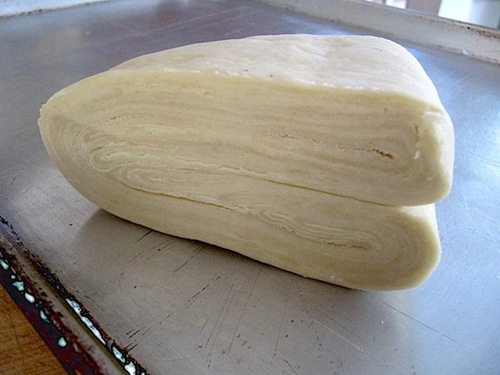
My chef described this dough as miraculous, and she’s right. The miracle is the puff. When you bake it, it traps air in a magical way that can’t really be described in words. The other incredible thing about puff pastry its versatility.
For example, we made a gateau pithivier (my chef called this one of the most elegant French pastries), which is essentially a cake made of puff pastry with a delicious center of frangipane. From there we baked flaky apple and fresh fruit tarts, cinnamon-sugar palmiers and everyone's favorite: twisted cheese and herb straws.
We also made gorgeous millefeuille by layering pastry cream between layers of cooked puff pastry. I loved it all, and what's more, each pastry tasted distinctively different.
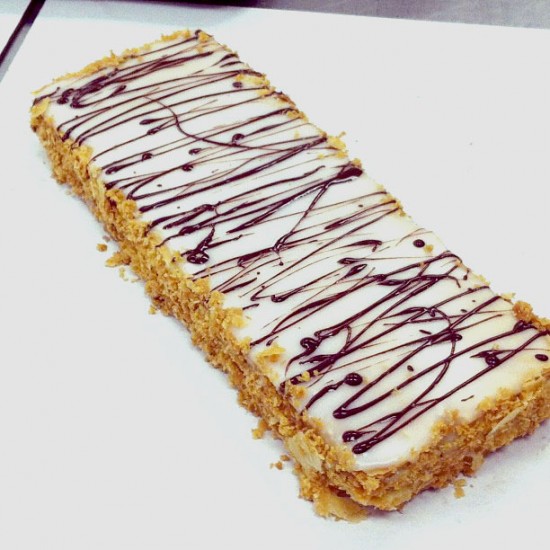
It’s tough to express how awesome it was to make these desserts. Pulling them out of the oven was like unwrapping a present on Christmas. In addition to puff pastry, we also made croissants and danishes. The dough process is similar, but the fun thing about croissants, of course, is rolling them. After cutting the dough into carefully measured triangles, gently rolling them into their renown crescent shape is the happiest feeling. And oh, how they tasted—buttery, flaky and so, so satisfying. I’m not a mystical French elf, and I made those!
Learn to bake croissants with us — click here for information on ICE’s Pastry & Baking Arts program


